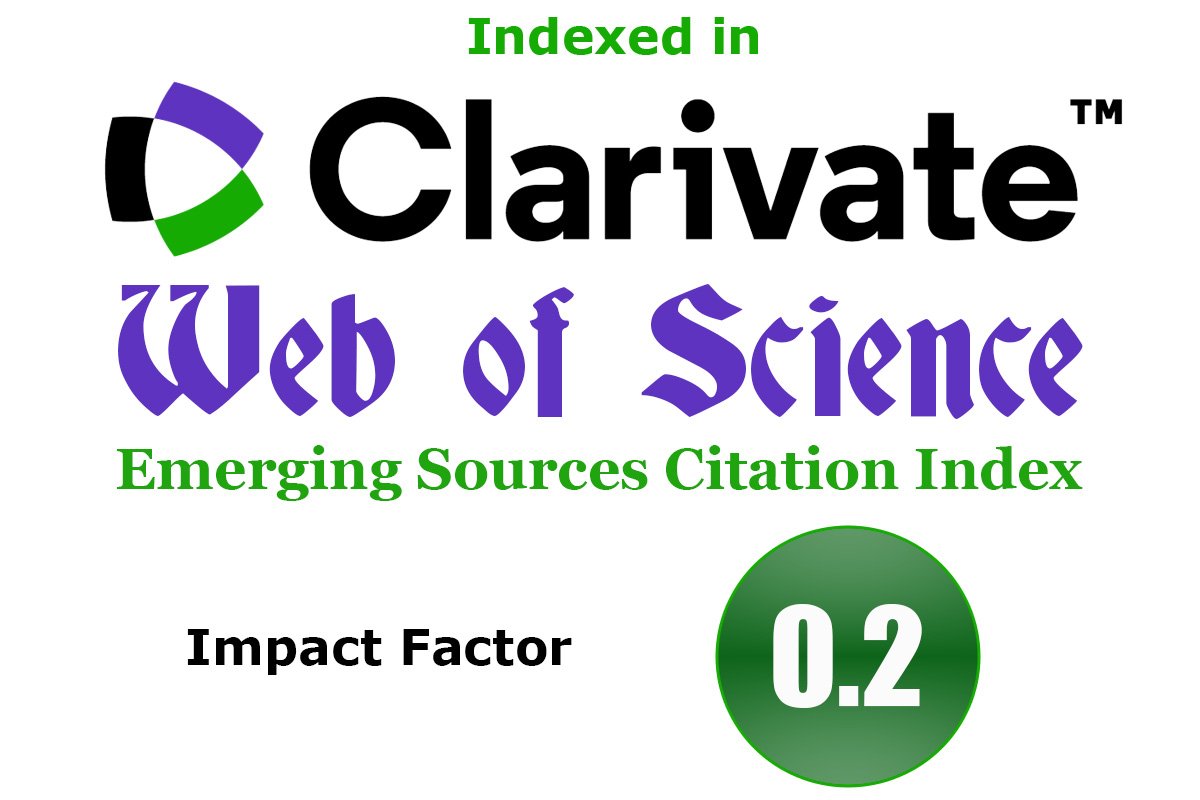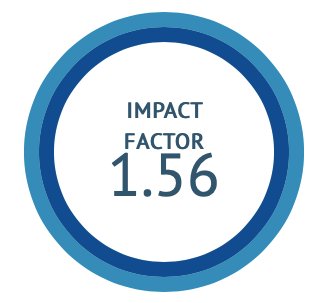An experimental study to evaluate acute dermal toxicity of Rasakriya in Wistar rats
DOI:
https://doi.org/10.47552/ijam.v13i1.2321Keywords:
Rasakriya, Acute dermal toxicity, Sighting study, Limit test studyAbstract
Background – Rasakriya is a herbo-mineral preparation explained under the heading of Shashti upakrama by Acharya Sushruta in the management of Dushtavrana. Safety of drugs prior to application to see its efficacy is very important as Chronic Wound is more prone for infection.
Objective – To evaluate Acute Dermal toxicity of Rasakriya on Female Wistar rats.
Materials and Methods – The study was conducted as per the OECD guidelines 402. The study was conducted under two Headings i.e. Sighting study and Limit test study. In Sighting study the prepared Rasakriya at the dose of 2000 mg/kg body weight was applied on the depilated area and observed for the signs of Toxicity for 14 days, later limit test group animals were similarly treated and observed for 14 days. Observation was done for body weight changes, clinical signs of toxicity and mortality.
Results – Dermal application of Rasakriya did not exhibit any signs toxicity with respect to Dermal, Circulatory, Respiratory, Central Nervous System and Behavioural pattern. There were no unscheduled deaths reported in animals during the study period, so, the animals were rehabilitated after the completion of the study.
Conclusion – Rasakriya is safe for application as mortality and signs of toxicity were not observed in the study.
Keywords – Rasakriya, Acute Dermal Toxicity, Sighting Study, Limit Test Study.
Downloads
Published
How to Cite
Issue
Section
License
Copyright (c) 2022 International Journal of Ayurvedic Medicine

This work is licensed under a Creative Commons Attribution 4.0 International License.
The author hereby transfers, assigns, or conveys all copyright ownership to the International Journal of Ayurvedic Medicine (IJAM). By this transfer, the article becomes the property of the IJAM and may not be published elsewhere without written permission from the IJAM.
This transfer of copyright also implies transfer of rights for printed, electronic, microfilm, and facsimile publication. No royalty or other monetary compensation will be received for transferring the copyright of the article to the IJAM.
The IJAM, in turn, grants each author the right to republish the article in any book for which he or she is the author or editor, without paying royalties to the IJAM, subject to the express conditions that (a) the author notify IJAM in advance in writing of this republication and (b) a credit line attributes the original publication to IJAM.




